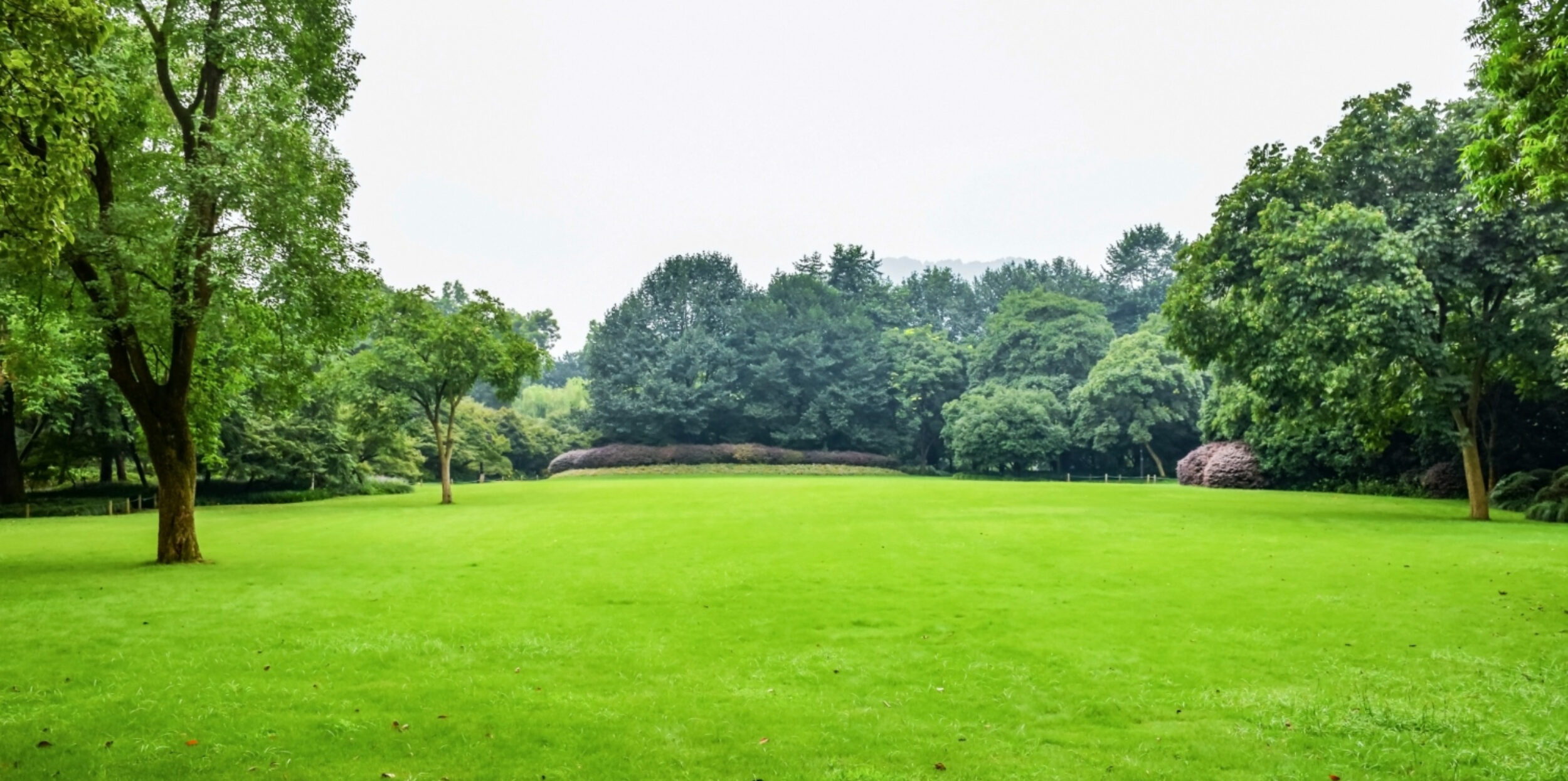Rolling is rarely practiced by the French. It is much better known to English gardeners, amateurs, or professionals, whose equipment we often see in British films. Although it is often neglected, rolling the roller is quite simple and particularly useful in the long term. It will give a regular aesthetic to the lawn and will also allow it to develop its tillering, contributing to fuller tufts at its base.
To roll your lawn:
- Use a material that is neither too heavy nor too light. The roller must not pack your land excessively, but it must be heavy enough to be stable and maneuverable and to do its job.
- Ride about once a month from spring to mid-fall, each time right after mowing.
- As with mowing, change the route regularly.
The operation will contribute to thick, healthy turf and regularly leveled and compacted soil. Rolling will tighten the blades of grass and flatten any air holes caused by frosts but also by unwelcome rodents.
Weeding
As we have seen, regular mowing helps limit the development and spread of weeds. The same goes for moss, clovers, and other competitors to your lawn. However, some species are resistant, and some plants are tougher than others. Weeding is, therefore, often necessary to maintain a beautiful, regular, and resistant lawn.
Those we call “weeds” are, in fact, the plants that grow most naturally on your land. Unlike your lawn, they grow effortlessly, are accustomed to the local environment, of which they are a direct product, and do not need your help to grow quickly and healthy! The problem is that it attacks your lawn and its aesthetics. So how can we simply get rid of them, and how can we prevent their appearance and development?
First, you need to monitor your lawn and get rid of unwanted plants as soon as possible. Dandelions, horsetails, plantains, horsetails, and other weeds will be stronger and their roots deeper if you wait too long to deal with them. So pull them out as soon as you notice their appearance, taking care to grab their deepest roots by hand or using a knife, gouge, or hoe. Instead, operate after watering: the work will be even easier.
Then, for tougher, more widespread plants, you may want to consider using biocontrol herbicides (remember, synthetic herbicides are now banned). Here, too, weeding with the product will be more effective on young plants. Do not wait!
Concerning moss, its development is favored by humidity. So consider watering the affected areas less and possibly providing them with better sunlight. You may consider aerating the soil or enriching it with potting soil if it is too clayey and retains too much water. In addition to these precautions, if the moss bothers you and tends to grow, you can use an anti-moss product, generally composed of iron sulfate, on the invaded area. Please leave it to act for a fortnight, then proceed to scarify the earth. Finally, remember to collect the moss with a rake once detached from the ground.…

